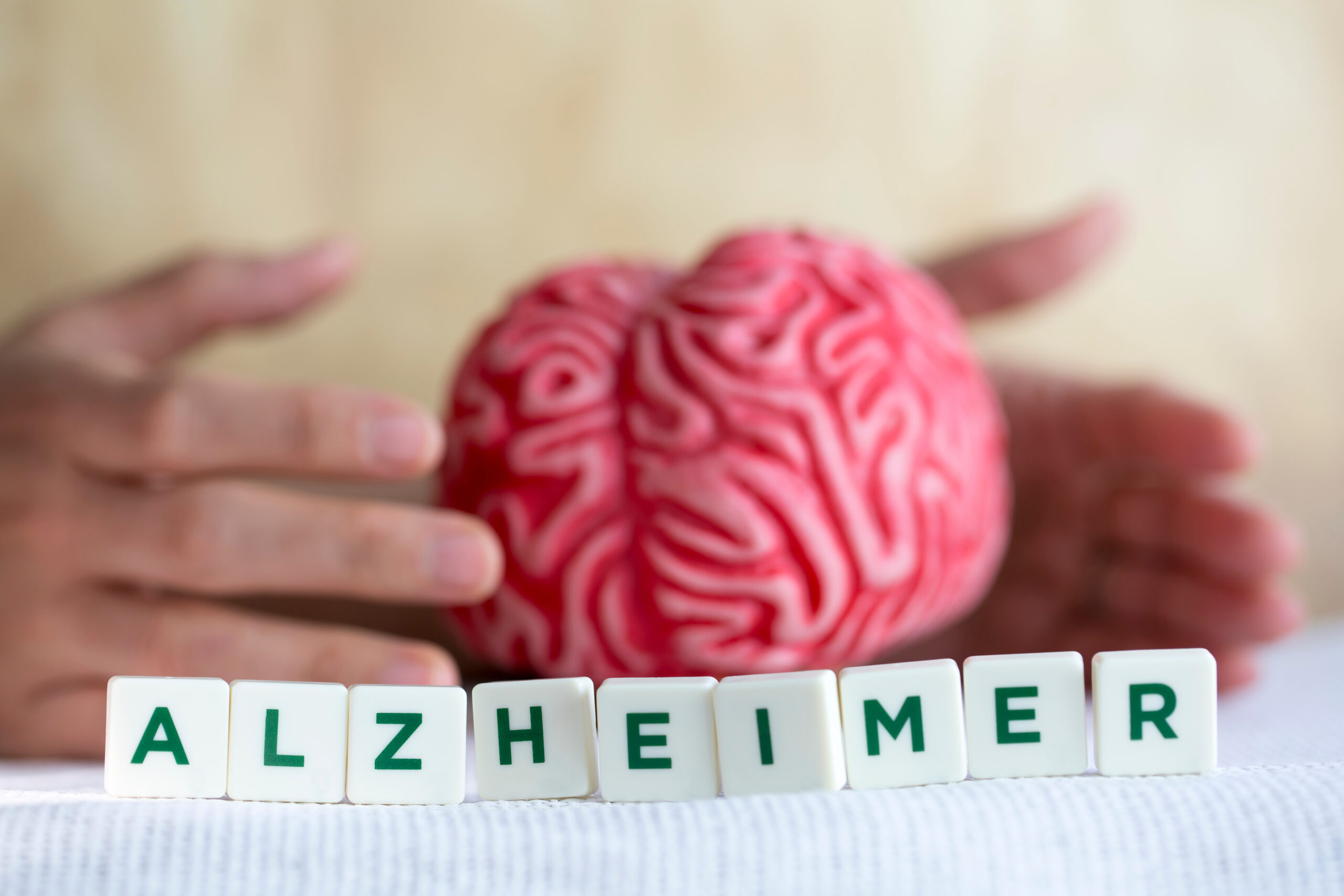How Art Therapy Is Bringing New Life to Alzheimer’s Patients
Art therapy is transforming the lives of Alzheimer’s patients by offering a unique and powerful way to express emotions, improve cognitive function, and enhance overall well-being. This form of therapy combines art and psychology to help individuals explore their thoughts and feelings in a non-verbal manner, which is particularly beneficial for those who struggle with verbal communication due to Alzheimer’s.
### The Benefits of Art Therapy for Alzheimer’s Patients
Art therapy provides several benefits for individuals with Alzheimer’s disease. It helps reduce anxiety and agitation, common challenges faced by those with the condition. By engaging in creative activities like painting, drawing, or sculpting, patients can express their emotions freely without the pressure of verbal communication. This not only aids in emotional release but also fosters a sense of calm and engagement.
Art therapy also plays a significant role in improving cognitive function. Activities such as collage making and crafting stimulate problem-solving skills and memory recall. These creative exercises encourage mental agility and can even help create new memories, allowing patients to connect with their past experiences through the art they produce.
### Enhancing Social Connections
One of the most valuable aspects of art therapy is its ability to promote social connections. Group art sessions in care homes allow residents to collaborate on projects, share their work, and socialize with others. This social interaction is crucial for reducing feelings of loneliness and isolation, which are common among Alzheimer’s patients.
### The Role of Trained Art Therapists
Trained art therapists are essential in guiding patients through the therapeutic process. They tailor activities to meet individual needs, ensuring that each person can express themselves effectively. Whether it’s through painting, drawing, or other forms of art, therapists support patients in exploring their emotions and experiences.
### The Future of Art Therapy
As technology advances, there is growing interest in integrating artificial intelligence (AI) into art therapy. AI can enhance the creative process by introducing new elements or assisting in art-making, potentially making therapy more accessible and engaging. However, the role of AI is still being explored, and human therapists remain central to providing emotional support and guidance.
In conclusion, art therapy is a powerful tool for enhancing the quality of life for Alzheimer’s patients. By providing a means of expression, improving cognitive function, and fostering social connections, art therapy brings new life and hope to those affected by this condition.





